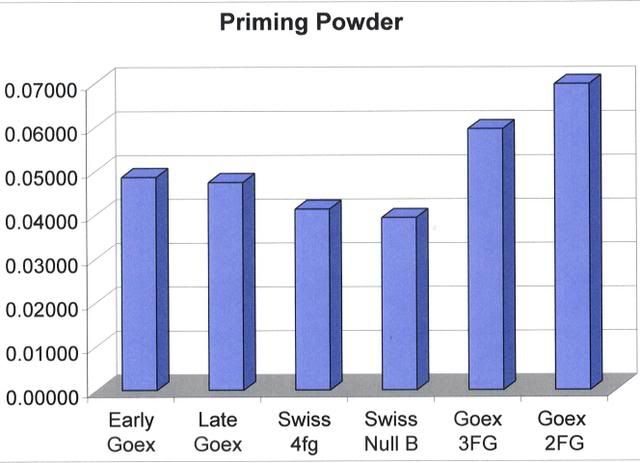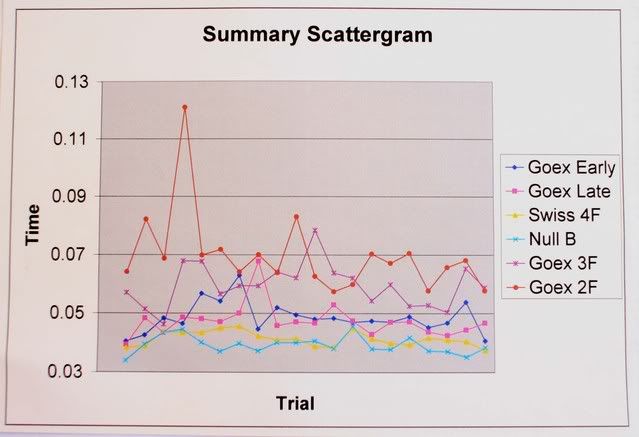Black Jaque Janaviac
40 Cal.
- Joined
- Sep 2, 2009
- Messages
- 535
- Reaction score
- 73
Thanks guys.
I find the recommendations for FFFFg interesting because before I started this thread I searched the forum for threads regarding the various priming powders. In those threads I could not find ANYONE who professed to noticed a difference between FFFFg and priming with the same granulation as the main charge.
I should clarify that the ignition is slow but not hang-fire. It's just slow enough to destroy accuracy given the amount of sight-wobble. You can just perceive the motion, vibration, and flash of the lock before the bang of the gun. When dry-firing the motion, vibration and flash seem to happen at one instant, which is why I suspect the touch hole.
I will measure the depth to breech plug tonight.
I find the recommendations for FFFFg interesting because before I started this thread I searched the forum for threads regarding the various priming powders. In those threads I could not find ANYONE who professed to noticed a difference between FFFFg and priming with the same granulation as the main charge.
I should clarify that the ignition is slow but not hang-fire. It's just slow enough to destroy accuracy given the amount of sight-wobble. You can just perceive the motion, vibration, and flash of the lock before the bang of the gun. When dry-firing the motion, vibration and flash seem to happen at one instant, which is why I suspect the touch hole.
I will measure the depth to breech plug tonight.







